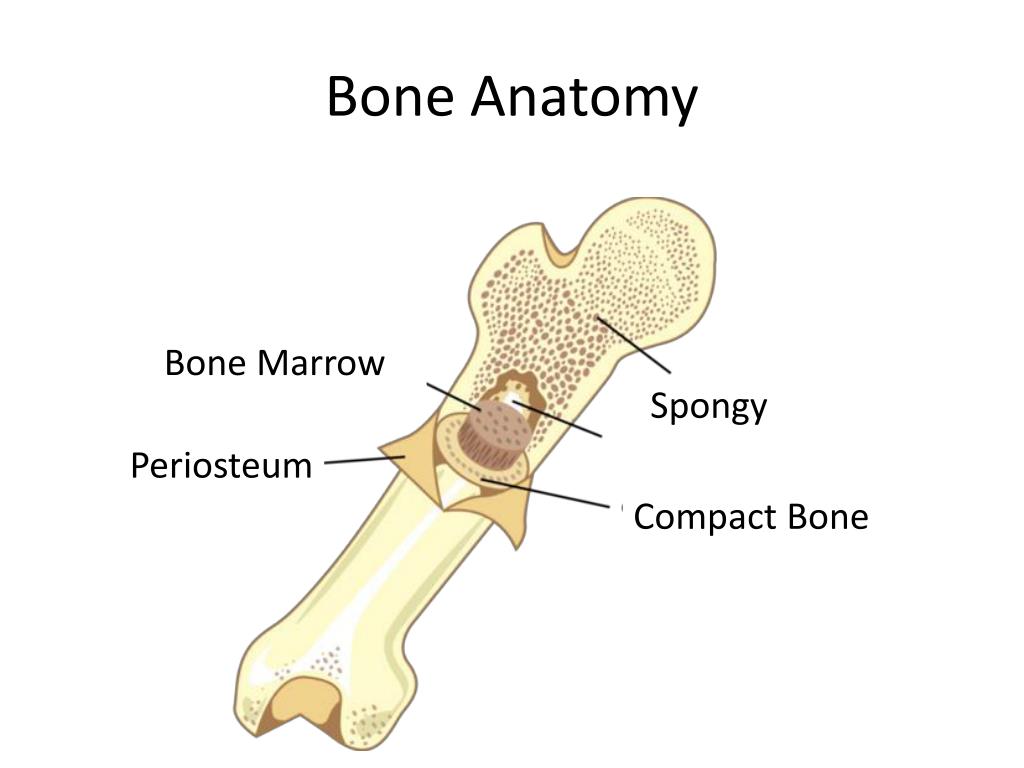

With the exception of slide #51 and #93, all the slides you study have been decalcified by the action of acid or a chelating agent, so you will be looking at the remaining organic matrix. Even the many slides available in this session may not have all the structures you need for study, so try to look as many different slides as you can. The process involves transitions, and the various stages are simply too many to be encompassed in any one section. There is no single perfect section in which to study bone and its formation. Understand the hypothesized roles of both bone and cartilage in osteoarthritis.Have a general understanding of the role of specific molecular players in bone formation and repair, especially transforming growth factor (TGF)-beta.Be able to describe how fracture repair resembles the process of endochondral bone formation.Be able to describe the process and types of bone remodeling and to recognize cells-especially stem cells- and structures involved in the process.zone of resting cartilage, proliferation, hypertrophy, calcification and ossification). Be able to recognize the different zones of a cartilage growth plate and describe the processes of osteogenesis that take place in each zone (e.g.Understand how the epiphyseal growth mechanism results in elongation of a long bone.Roles of bone morphogenetic proteins (BMPs)/genes that code for them/cbfa1/TGF. Understand where the stem cells that are involved in bone formation are found and what causes them to become engaged in both bone formation and repair processes.Understand how the diameter of a long bone increases.formation of a bony collar, chondrocyte death, invasion of an osteogenic bud from the periosteum, etc.). Understand the process of endochondral bone formation and know how a cartilage model is broken down and replaced by bone (e.g.Be able to recognize mature and immature (mottled or woven) bone.Know their role in the process of intramembranous bone formation and conversion of cancellous bone to compact bone. Be able to recognize these cell types: osteoblasts, osteocytes and osteoclasts.Be able to describe, as well as recognize in microscope sections/photos, the process of intramembranous bone formation, including the process by which cancellous bone is converted into compact bone.


 0 kommentar(er)
0 kommentar(er)
